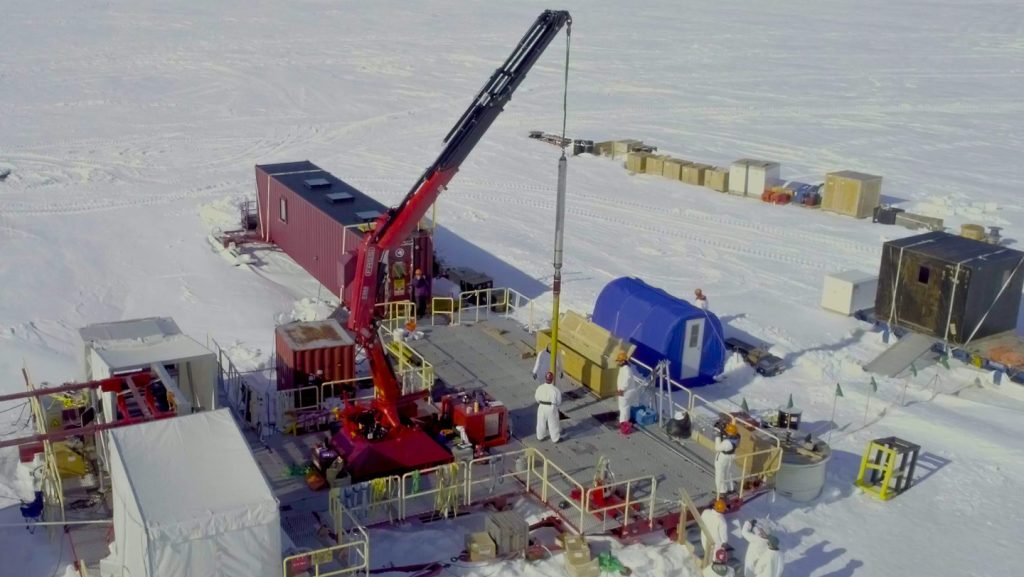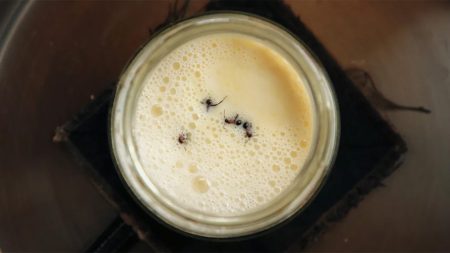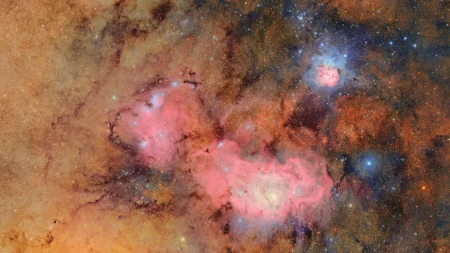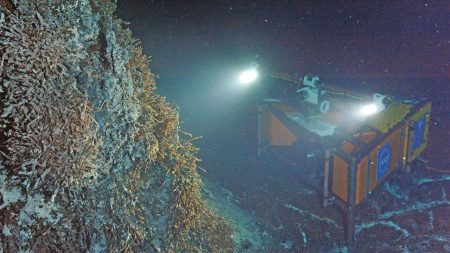Hidden Life Beneath Antarctic Ice Reveals Evolutionary Marvels
In a groundbreaking expedition into one of Earth’s most mysterious environments, scientists have gained their closest look yet at the remarkable microorganisms that thrive in the dark, frigid world beneath Antarctica’s massive ice sheets. The genetic analysis of nearly 1,400 microbes from a subglacial Antarctic lake has revealed creatures with surprisingly adaptable metabolisms and evolutionary histories that set them apart from all other known life forms on our planet.
West Antarctica, an expanse three times larger than Texas, conceals a hidden landscape of subglacial rivers and lakes beneath its kilometer-thick glacial ice. “This is a massive area of our planet where we have no idea what is going on,” explains Alexander Michaud, a polar microbiologist at Ohio State University who wasn’t involved in the study. The new research provides “an unprecedented, detailed look into who’s living there and how they’re doing it,” offering a window into one of Earth’s least accessible ecosystems.
Scientists have only managed to sample liquid water and mud from two of Antarctica’s more than 600 known subglacial lakes. The first successful expedition in 2013 retrieved samples from Lake Whillans, where researchers discovered about 130,000 living cells per milliliter of water. Initial DNA barcoding suggested these microbes belonged to groups familiar from other parts of the world. However, when researchers drilled into Lake Mercer in 2018, they employed a more sophisticated approach – single-cell whole genome amplification – that completely changed our understanding of these organisms.
The Korea Polar Research Institute team isolated 1,374 microbial cells and assembled each organism’s complete genome. What they discovered was astonishing: microbes that had appeared familiar through single-gene analysis revealed themselves to be evolutionary specialists uniquely adapted to life under ice. Rather than being recent arrivals that entered the lake when seawater intruded just 6,000 years ago, these microbes show evidence of having evolved in isolation for a remarkably long time – possibly since glaciers began expanding across Antarctica around 30 million years ago.
Perhaps most surprising was the extraordinary metabolic flexibility these organisms possess. Kyuin Hwang, a bioinformaticist who analyzed the genomes, describes them as “specialists for living under glaciers” with remarkable adaptations. Many can function with or without oxygen, alternating between consuming organic carbon from dead cells and absorbing carbon dioxide to manufacture their own food like plants do. Instead of using sunlight as their energy source, they’ve developed metabolic pathways that oxidize iron or sulfur from crushed minerals – a true microbial Swiss Army knife approach to survival in one of Earth’s most extreme environments.
Life under the Antarctic ice is extraordinarily challenging. These microbes inhabit a harsh world where food is scarce and growth is painfully slow. “On a good year, maybe they divide twice,” notes Brent Christner from the University of Florida, who participated in sampling both lakes. The oxygen levels fluctuate as water flows in from upstream rivers, and “it’s probably really common that these lakes run out of oxygen.” Yet despite these challenges, life persists in what Christner calls “the rain forests of Antarctica” – subglacial lakes that, by Antarctic standards, might be considered relatively hospitable compared to even more isolated inland areas. This remarkable study not only reveals the extraordinary adaptability of life but also provides a potential model for how organisms might survive in similar extreme environments elsewhere in our solar system.














